Category: Ethics
-

Photographers are being called on to stop showing protesters’ faces. Should they? – Poynter
Photographers are being called on to stop showing protesters’ faces. Should they? – Poynter For many, the argument is about rights vs. responsibilities. Journalists have a clear legal right to document faces. The question at hand is how and when. via Poynter: https://www.poynter.org/ethics-trust/2020/should-journalists-show-protesters-faces/ Legally, there’s no question — when protesters are in public spaces engaged in newsworthy…
-
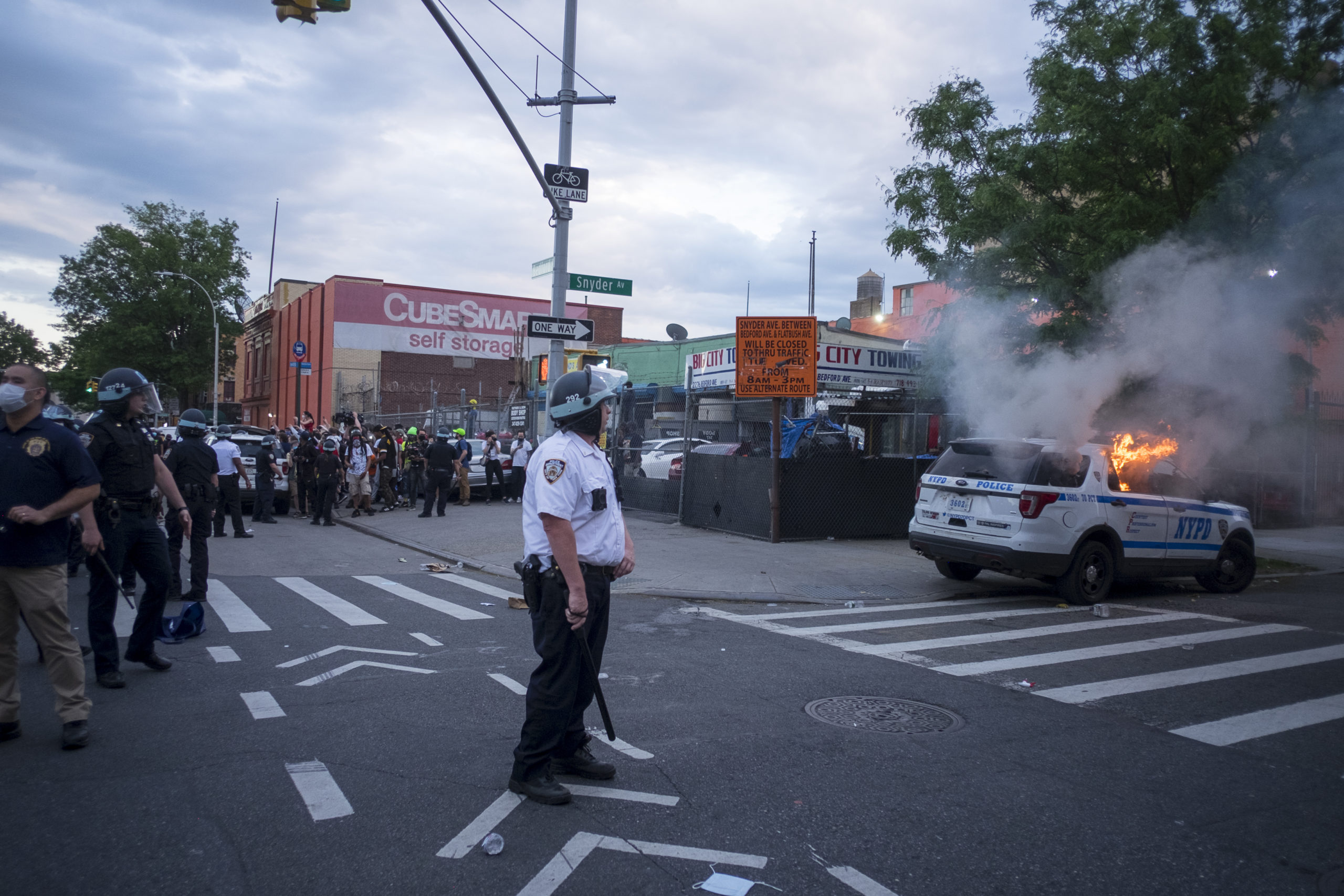
Documenting a Protest Has Never Been More Challenging – Reading The Pictures
Documenting a Protest Has Never Been More Challenging – Reading The Pictures This week has been unusually difficult for photographers who are trying to cover the George Floyd protests. Essay and images by photographer Alan Chin. via Reading The Pictures: https://www.readingthepictures.org/2020/06/photographing-protest/?utm_source=feedburner&utm_medium=feed&utm_campaign=Feed%3A+Bagnewsnotes+%28Reading+The+Pictures%29 In a recent Facebook post, New York Times writer David Gonzalez confronted photojournalists who…
-

On the ethics of documenting a pandemic – British Journal of Photography
On the ethics of documenting a pandemic Filmmaker Francesca Tosarelli, who has covered COVID-19 in Bergamo, Italy, one of the hardest-hit areas to date, considers her role in chronicling a crisis where the best course of action is to remain home via British Journal of Photography: https://www.bjp-online.com/2020/04/on-the-ethics-of-documenting-a-pandemic/ Filmmaker Francesca Tosarelli, who has covered COVID-19 in…
-
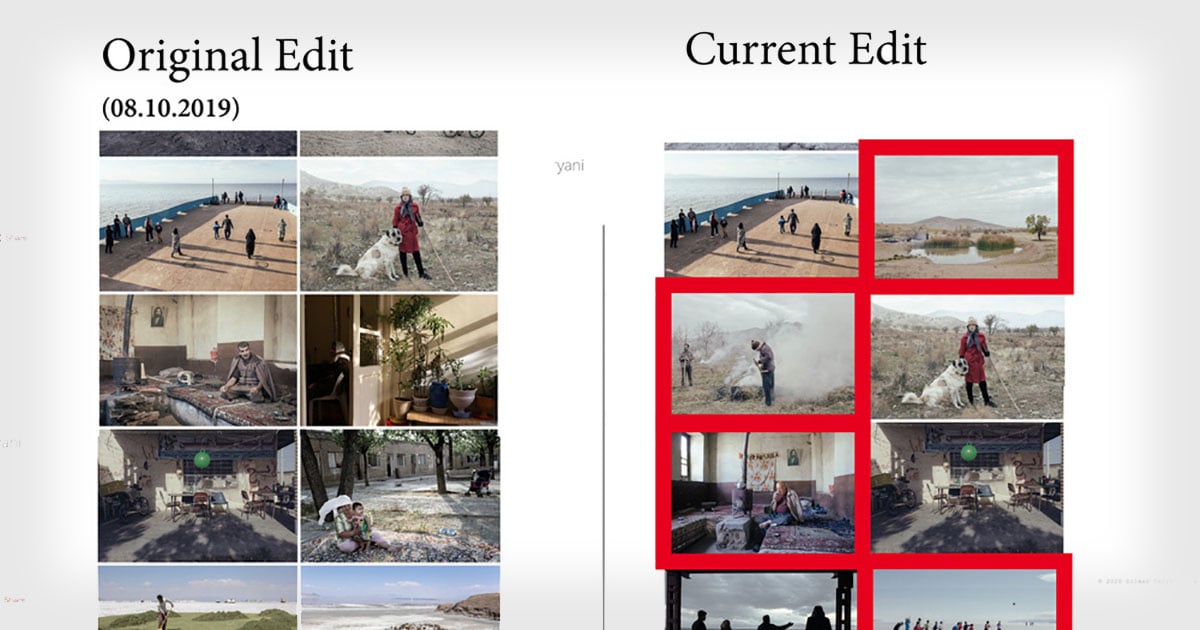
Photographer Accused of ‘Artificially Creating’ Her Plagiarism Claim
Photographer Accused of ‘Artificially Creating’ Her Plagiarism Claim After World Press Photo announced its finalists this year, Iranian photographer Solmaz Daryani came forward and accused German photographer Maximilian via PetaPixel: https://petapixel.com/2020/04/08/photographer-accused-of-artificially-creating-her-plagiarism-claim/?utm_source=feedburner&utm_medium=feed&utm_campaign=Feed%3A+PetaPixel+%28PetaPixel%29 After World Press Photo announced its finalists this year, Iranian photographer Solmaz Daryani came forward and accused German photographer Maximilian Mann of plagiarizing photos…
-
Pandemic, photography, and psychological distance – Columbia Journalism Review
Pandemic, photography, and psychological distance Decisions made by photojournalists and their editors define traumatic events in the cultural consciousness. Throughout coverage of COVID-19, many news outlets have published photographs that reiterate racist tropes, suggest a false gap between “East” a via Columbia Journalism Review: https://www.cjr.org/opinion/covid-19-photos-distance-bias.php DECISIONS MADE BY PHOTOJOURNALISTS and their editors define traumatic events…
-
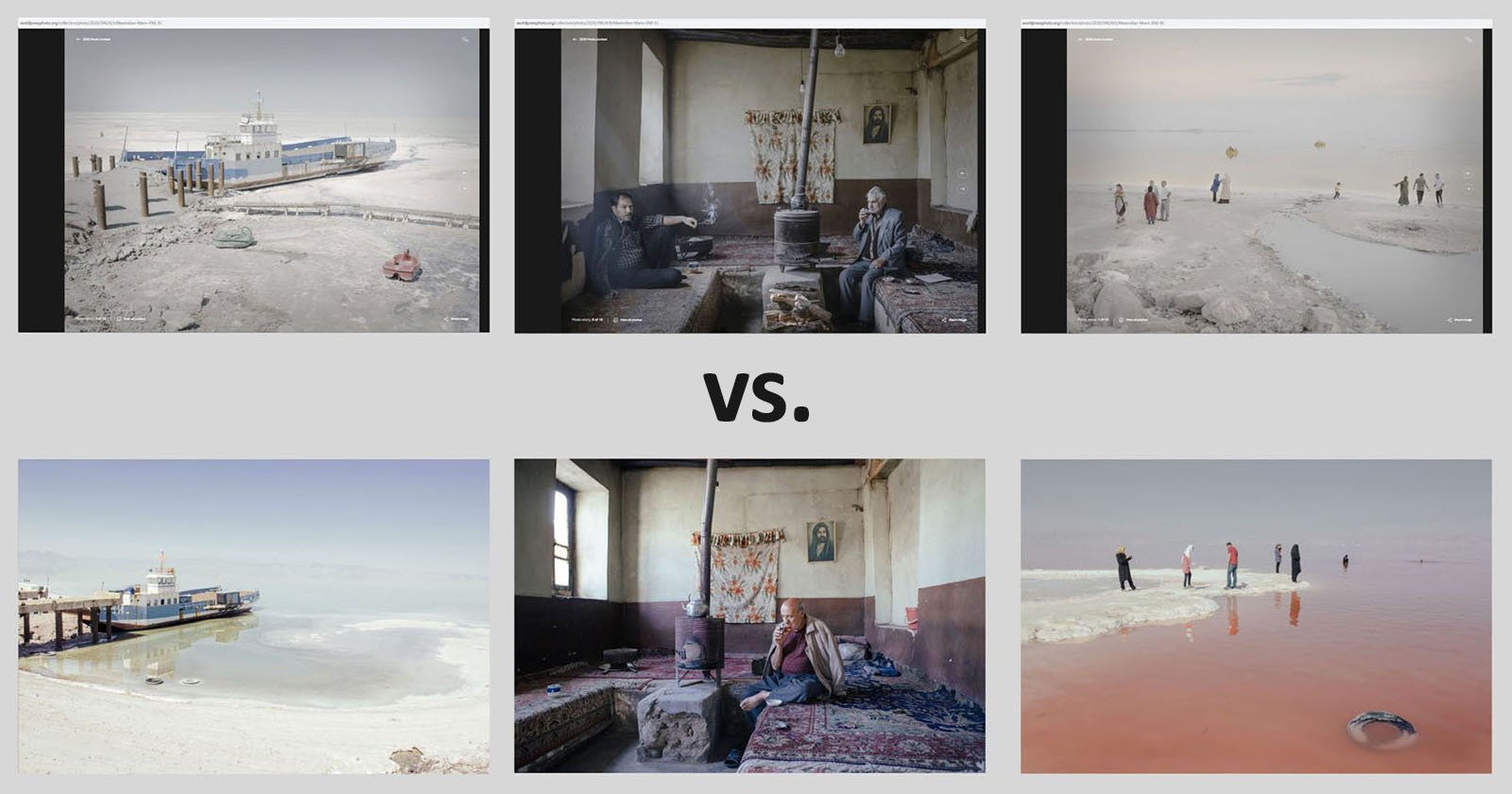
Photographer Says World Press Photo Nominee ‘Hijacked’ Her Project
Photographer Says World Press Photo Nominee ‘Hijacked’ Her Project The prestigious World Press Photo competition has been plagued by several controversies in recent years, and it looks like this year’s contest is no via PetaPixel: https://petapixel.com/2020/03/11/photographer-says-world-press-photo-nominee-hijacked-her-project/?utm_source=feedburner&utm_medium=feed&utm_campaign=Feed%3A+PetaPixel+%28PetaPixel%29 It all started when Iranian photographer Solmaz Daryani came across a photo project titled “Fading Flamingos” by German photographer…
-
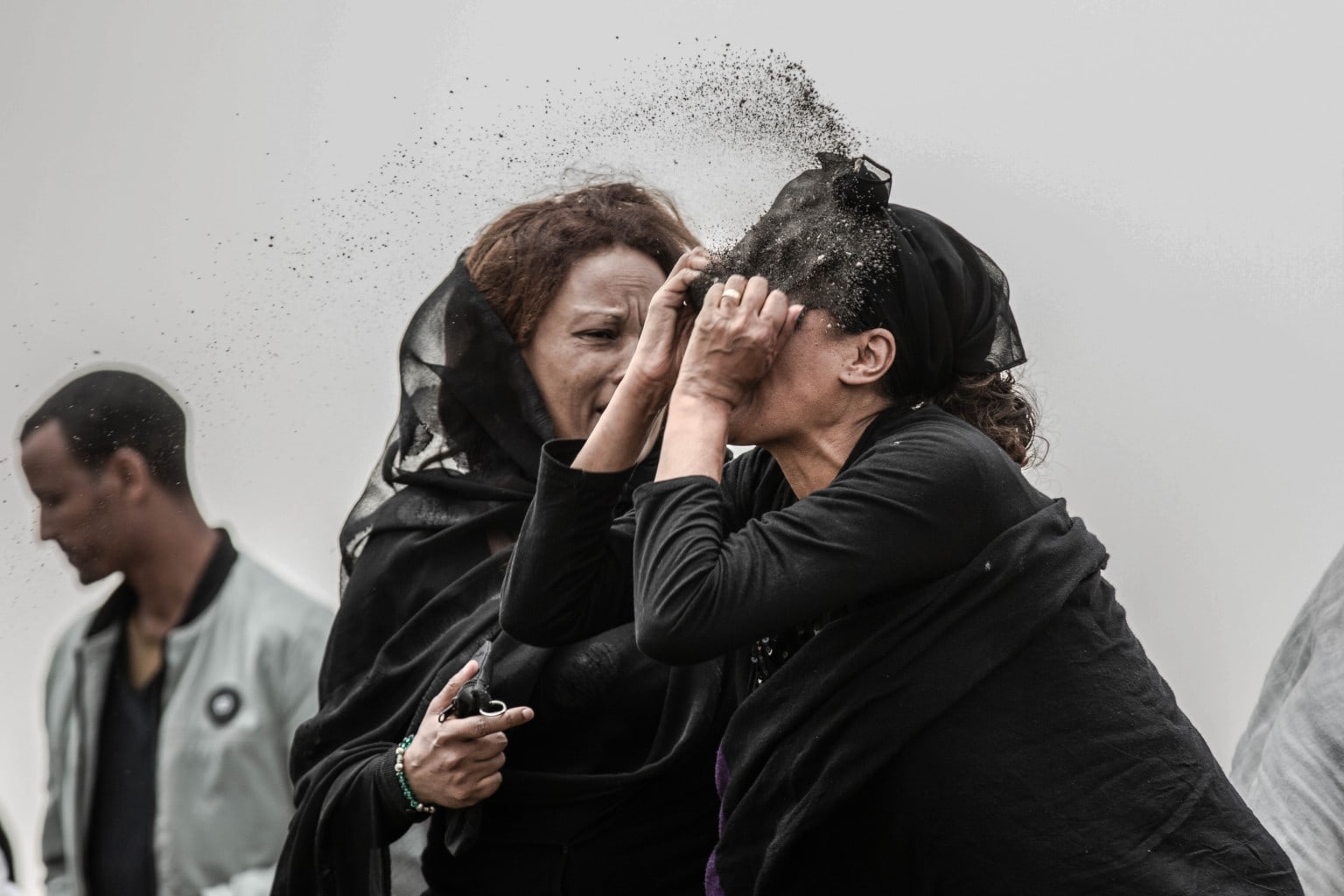
What is This Halo Around a World Press Photo Nominee? – PhotoShelter Blog
What is This Halo Around a World Press Photo Nominee? – PhotoShelter Blog Late Winter brings about a new crop of contest winners and nary a season goes by without a whiff of controversy in some form or fashion. Yesterday World Press Photo announced its 2020 Photo Contest and Digital Storytelling Contest nominees. Among the…
-

Can Visual Content remain trustworthy? – Kaptur
Can Visual Content remain trustworthy? – Kaptur Trust in visual content is quickly eroding. Technology can help by enforcing authenticity, authorship, and integrity. But only if everyone agrees. via Kaptur: https://kaptur.co/can-visual-content-remain-trustworthy/ Out of six senses, vision is, by far, the one we trust the most for critical information. Studies show that if receiving conflicting information…
-
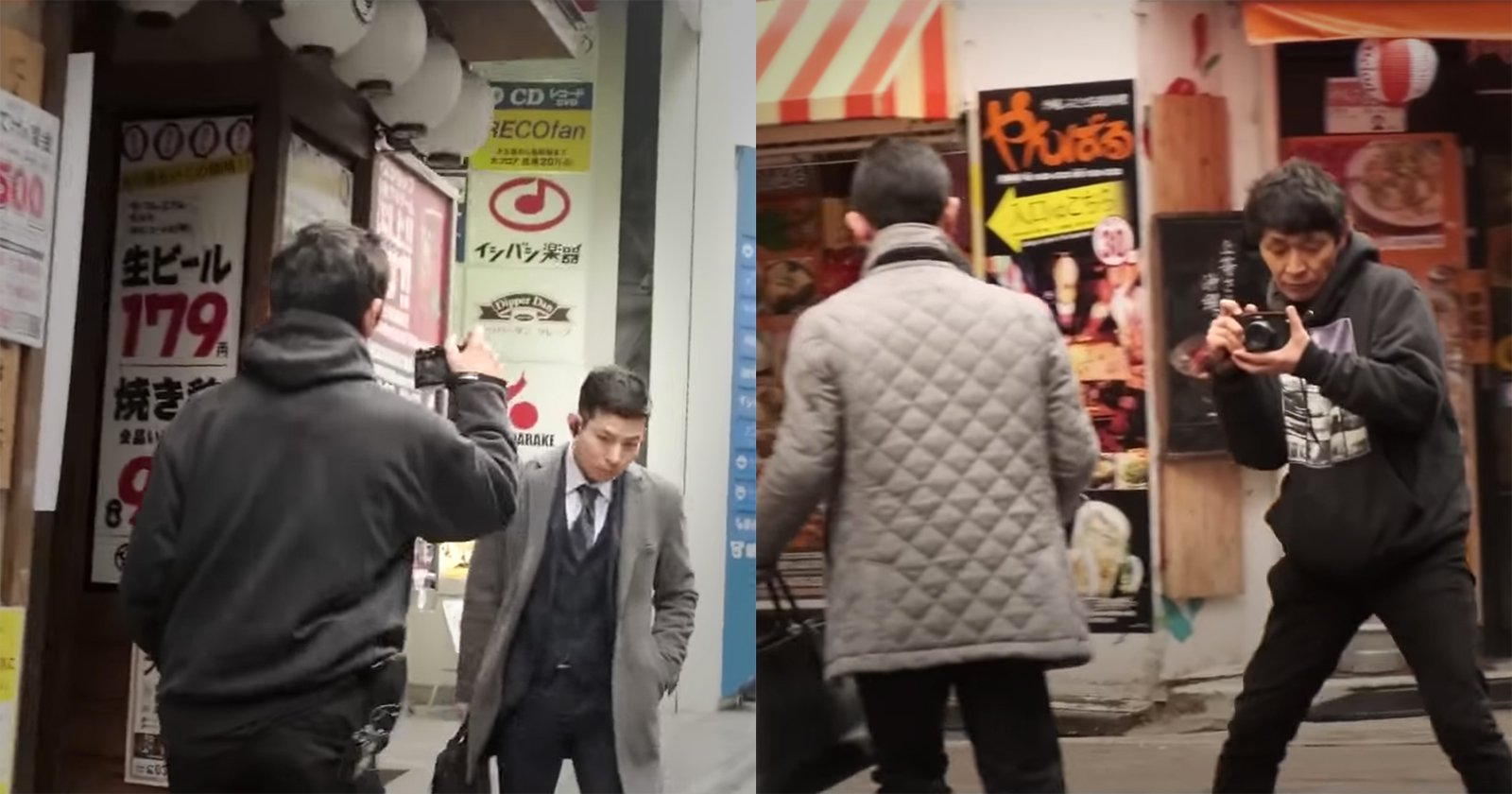
Fujifilm Pulls X100V Promo Video After Backlash Over Photog’s Shooting Style
Fujifilm Pulls X100V Promo Video After Backlash Over Photog’s Shooting Style Fujifilm found itself in the middle of a heated debate about ethics and street photography yesterday, when one of the promo videos it released for the via PetaPixel: https://petapixel.com/2020/02/05/fujifilm-pulls-x100v-promo-video-after-backlash-over-photogs-shooting-style/?utm_source=feedburner&utm_medium=feed&utm_campaign=Feed%3A+PetaPixel+%28PetaPixel%29 Fujifilm found itself in the middle of a heated debate about ethics and street photography…
-
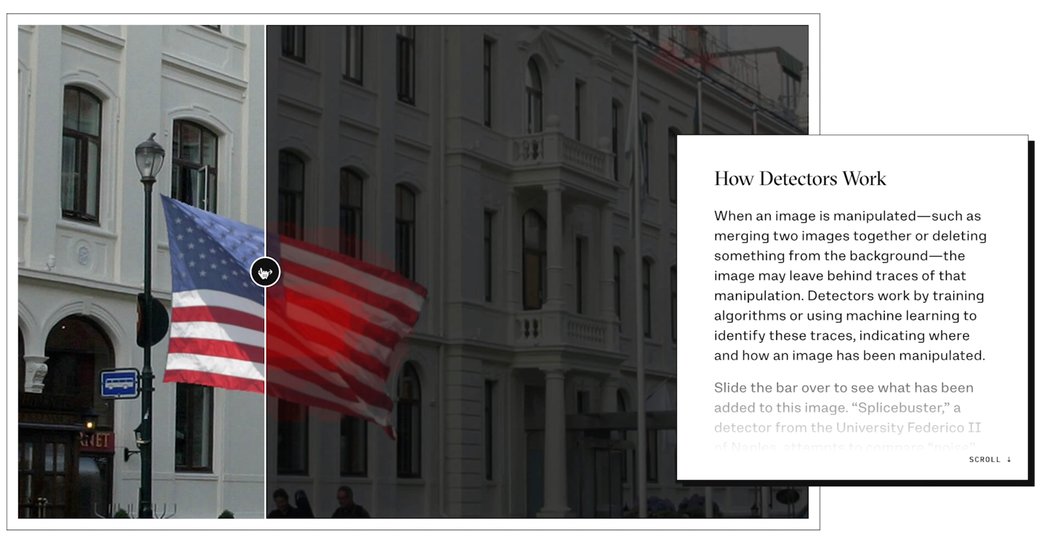
Tool to Help Journalists Spot Doctored Images Is Unveiled by Jigsaw – The New York Times
Tool to Help Journalists Spot Doctored Images Is Unveiled by Jigsaw The company, owned by Google’s parent, introduced a free tool it calls Assembler to sort out real images from fake ones. Link: https://www.nytimes.com/2020/02/04/technology/jigsaw-doctored-images-disinformation.html The company, owned by Google’s parent, introduced a free tool it calls Assembler to sort out real images from fake ones.
-
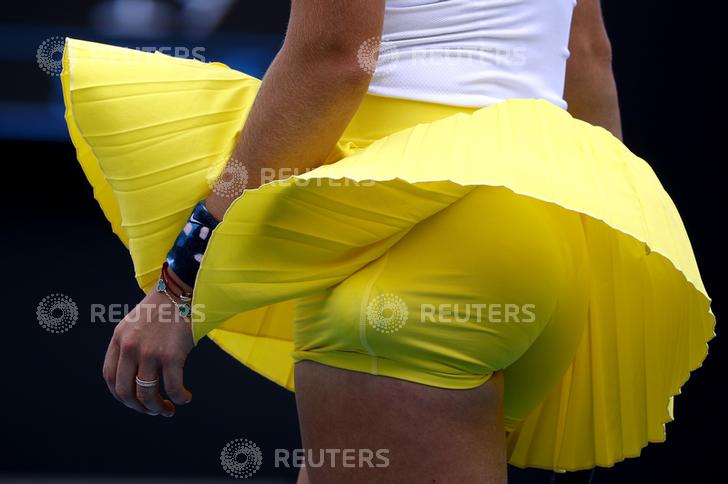
Athletic Upskirting at the Australian Open – Reading The Pictures
Athletic Upskirting at the Australian Open – Reading The Pictures These newswire photos from the Australian Open help create a culture that undercuts women athletes and endangers women more broadly. via Reading The Pictures: https://www.readingthepictures.org/2020/01/calling-out-tennis-upskirt-photos/?utm_source=feedburner&utm_medium=feed&utm_campaign=Feed%3A+Bagnewsnotes+%28Reading+The+Pictures%29 The Reuters coverage of this year’s Australian Open tennis tournament features all the staples of the genre: feats of athletic…
-
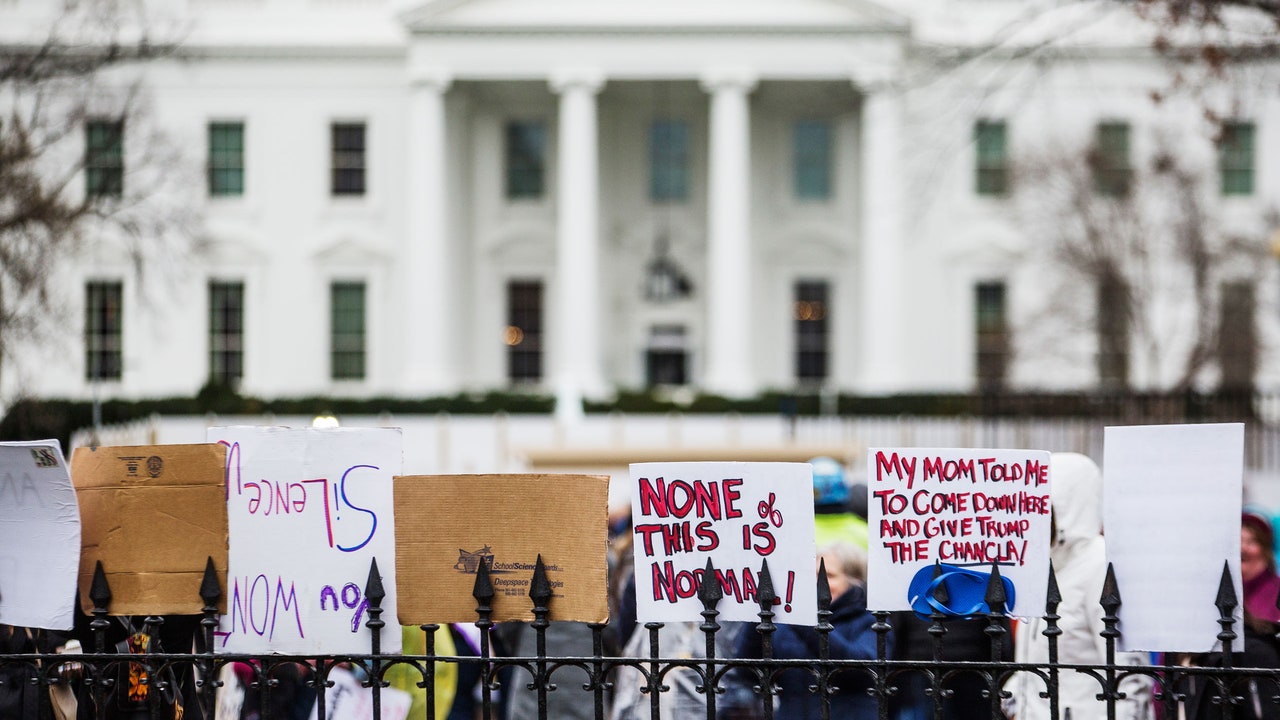
The Erasure of Political History at the National Archives | The New Yorker
The Erasure of Political History at the National Archives In altering photos from the 2017 Women’s March on Washington, the National Archives engaged in the very opposite of what it had been created to do: forge a clear and accurate historical record. via The New Yorker: https://www.newyorker.com/news/our-columnists/the-erasure-of-political-history-at-the-national-archives-womens-march Last month, a photographer named Ellen Shub died,…
-

National Archives Edited Photo to Remove Anti-Trump Messages
National Archives Edited Photo to Remove Anti-Trump Messages The National Archives is an independent government agency that’s tasked with preserving and documenting government and historical records. An authority on via PetaPixel: https://petapixel.com/2020/01/18/national-archives-caught-doctoring-photo-critical-of-trump/?utm_source=feedburner&utm_medium=feed&utm_campaign=Feed%3A+PetaPixel+%28PetaPixel%29 The photo at the center of the controversy was captured by Getty Images photographer Mario Tama on January 21st, 2017, as a massive…
-
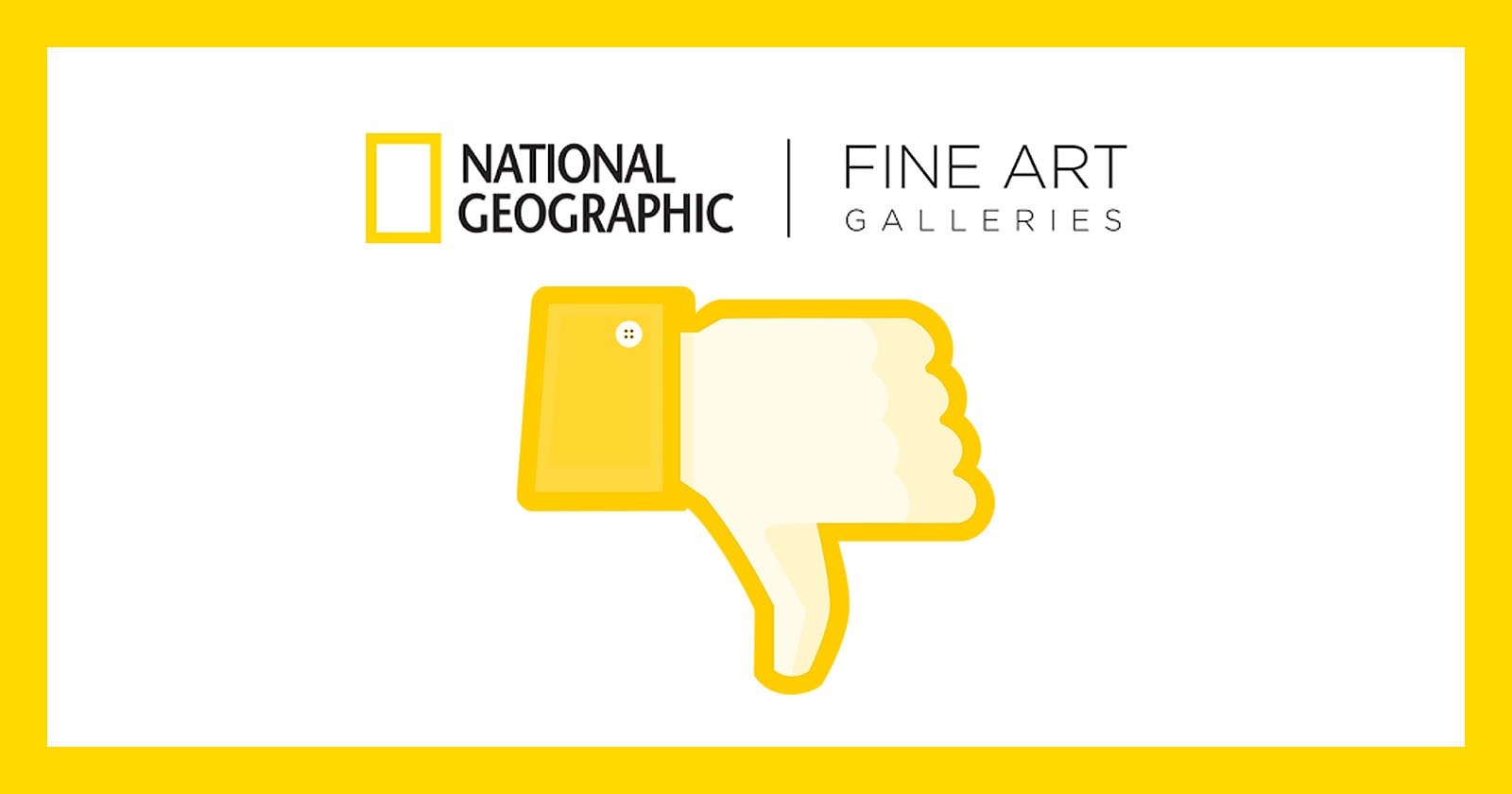
Unjust Enrichment, Missing Payments, and Nat Geo Fine Art Galleries
Unjust Enrichment, Missing Payments, and Nat Geo Fine Art Galleries I wrote two articles about National Geographic Fine Art Galleries (NGFA) just over a year ago after they contacted me to sell one of my photos in their via PetaPixel: https://petapixel.com/2020/01/13/unjust-enrichment-missing-payments-and-nat-geo-fine-art-galleries/?utm_source=feedburner&utm_medium=feed&utm_campaign=Feed%3A+PetaPixel+%28PetaPixel%29 I continued to do research after both articles were published and I discovered NGFA…
-
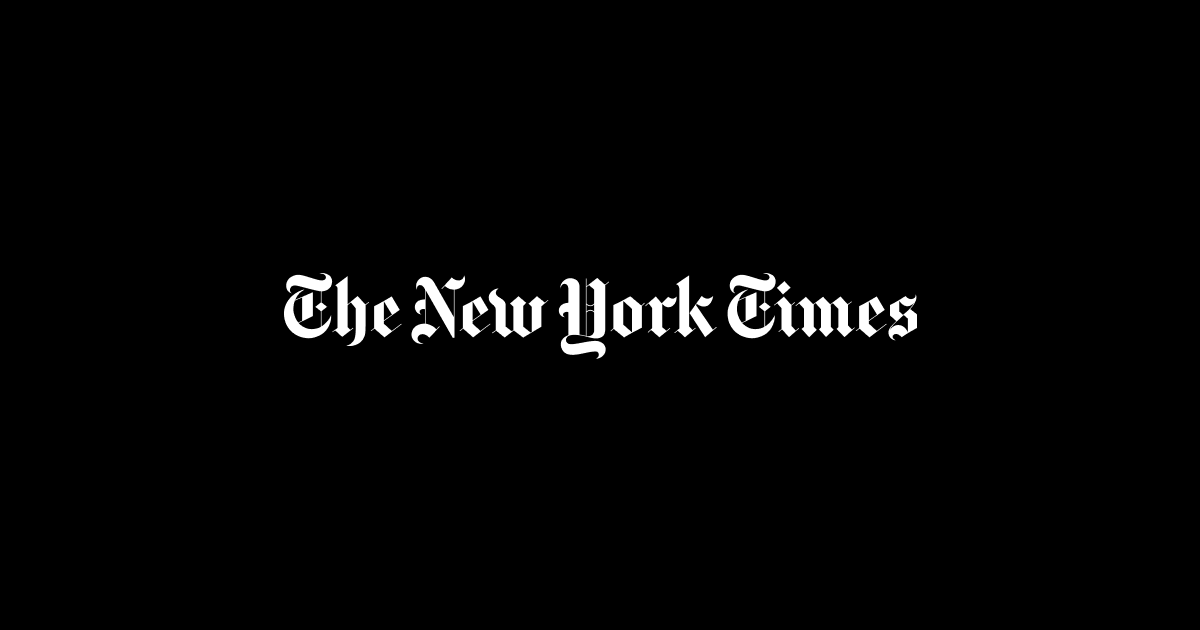
Lawsuit Alleges Plagiarism by Hartford Courant – NYTimes.com
Suit Accuses Hartford Courant of Plagiarism (Published 2009) A lawsuit cites 11 Hartford Courant articles it says were largely taken from The Journal Inquirer. Link: https://www.nytimes.com/2009/11/20/business/media/20paper.html Newspapers have tried many ways to cover the news with dwindling resources: dropping certain topics, having people do double duty, using more wire service work. Routine plagiarism is not…
-
W. Eugene Smith's Madness 1959 – Conscientious
Link: W. Eugene Smith was one of the greatest photojournalists of the 20th Century, but I think he would probably have a hard time if he was still alive and decided to enter World Press Photo, which just decreed that only “retouching which conforms to currently accepted standards in the industry is allowed.”
-
PDNPulse: Voyeurism or Art?
Link: A new collection of images by Manhattan photographer Yasmine Chatila is causing quite a buzz throughout the city. That’s because “Stolen Moments” captures unaware New Yorkers during very private, very intimate times in their day, all played out in front of their apartment windows
-

It Was All Started By a Mouse (Part 2) – Opinionator
It Was All Started By a Mouse (Part 2) The conclusion of a closer look at a child’s toy among bombed-out ruins, and at what it’s like photographing a war. via Opinionator: http://opinionator.blogs.nytimes.com/2010/01/04/it-was-all-started-by-a-mouse-part-2/ BEN CURTIS: So there should be 19 pictures, numbered 101 to 119. Basically, I spent the whole day out and then came…
-
Editorial Photographers UK | Image manipulation – a five step scale of what is, and what is not acceptable.
Link: To retouch or not to retouch is not so much a question as an ethical decision all photographers take when they sit in front of their images on a computer screen. Neil Turner, who was one of the first photographers in Britain to embrace digital photography, clarifies what should be considered with regard to…
-
Hey Buddy, Hold That Execution While My Memory Card Reformats Or What Does It Take Before Something Can Be Called A Story « The Spinning Head
Link: Photographer Marco Vernaschi has gotten himself into quicksand, and taken the otherwise respectable Pulitzer Center On Crisis Reporting with him. And all I can think about are the forces, commercial and personal, that compel individuals to transgress boundaries of common decency, and institutions that celebrate these by publishing them.
